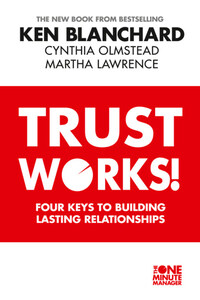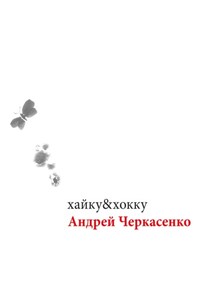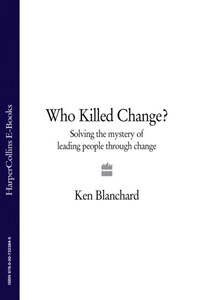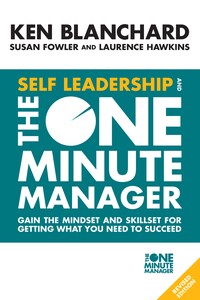Introduction
by Cynthia Olmstead
Creator of TrustWorks!>™
As an organizational change consultant, I help business leaders identify where they are heading, work with them to build a strategic plan, and bring the rest of the organization into alignment so that everyone is pulling together to accomplish shared goals. Some organizations find this an arduous process fraught with setbacks and sometimes even failure. Other organizations are able to implement the changes quickly and move the process along smoothly.
A few years ago I began to wonder: Why were some companies successful in implementing change while others were not? Was it the leadership? If so, what was the key factor that allowed some leaders to get people to work together to bring about the desired changes, while others failed?
Somewhere flying over Kansas on one of my many trips from the West Coast to the East, a lightbulb came on: this key factor was trust. But what is trust? How do we describe it? Does trust mean the same thing to you as it does to me? If not, how can we talk about it?
To begin answering those questions, I started asking people in my sessions what symbol they would use to represent trust. People came up with an assortment of answers: a heart, a newborn baby, a handshake, a wedding ring, a cross, the American flag. The reactions to these symbols varied wildly. Some said, “I just went through a divorce, so wedding rings don’t mean trust to me.” Or “The flag isn’t seen as a trust symbol to people in some parts of the world.”
It became evident to me that trust means different things to different people based on their experiences. This begged the question: How could we ever talk about and resolve trust issues if we were seeing them only through our own lenses? Clearly, we needed a common framework, a model that created a mutual language for trust.
I began an intensive search for that, and along the way I found some interesting academic research with sophisticated models. But they were too complicated to use at all levels of an organization, from the C suite to the front line. After six years of research—including market analysis and focus groups with CEOs, managers, and associates—I became convinced that trust was something that grew when certain behaviors were present. But which behaviors?
Working from the premise that trust is based on behaviors, I set up flip charts in my office so that during discussions with clients, colleagues, and friends I could document behaviors they thought would either build or erode trust. As the lists grew long, I realized that the behaviors fell into four main groups: Able (demonstrate competence), Believable (act with integrity), Connected (care about others), and Dependable (maintain credibility). Thus the ABCD Trust Model>™ was born!
Our intention in writing this book is to raise your awareness about the trust issues in your life as well as give you the language and tools to resolve them. Our hope is that you will use what you learn to build productive, joyful relationships—and that you’ll share what you learn with others, so they can do the same.
Some Perspective Before You Read This Story
by Ken Blanchard
Coauthor of The One Minute Manager>® and Leading at a Higher Level
Trust is a delicate thing. It takes a long time to build, yet you can blow it in a matter of minutes. All it takes is one incident of behaving inconsistently with what someone considers trustworthy behavior for that person to pull away from you.
These days there’s a lot of talk about trust and even more talk about the lack of it. But people need to see trust in action more than they need to hear about it. In other words, your walk is more important than your talk. As Cindy pointed out in her introduction, this is where the tricky part comes in, because:
Trust is in the eye of the beholder.
What does that mean? It means that you can be completely unaware that your behavior is eroding the trust of those around you. What looks like fine behavior to you could make your friend, spouse, boss, employee, or constituent downright wary.










